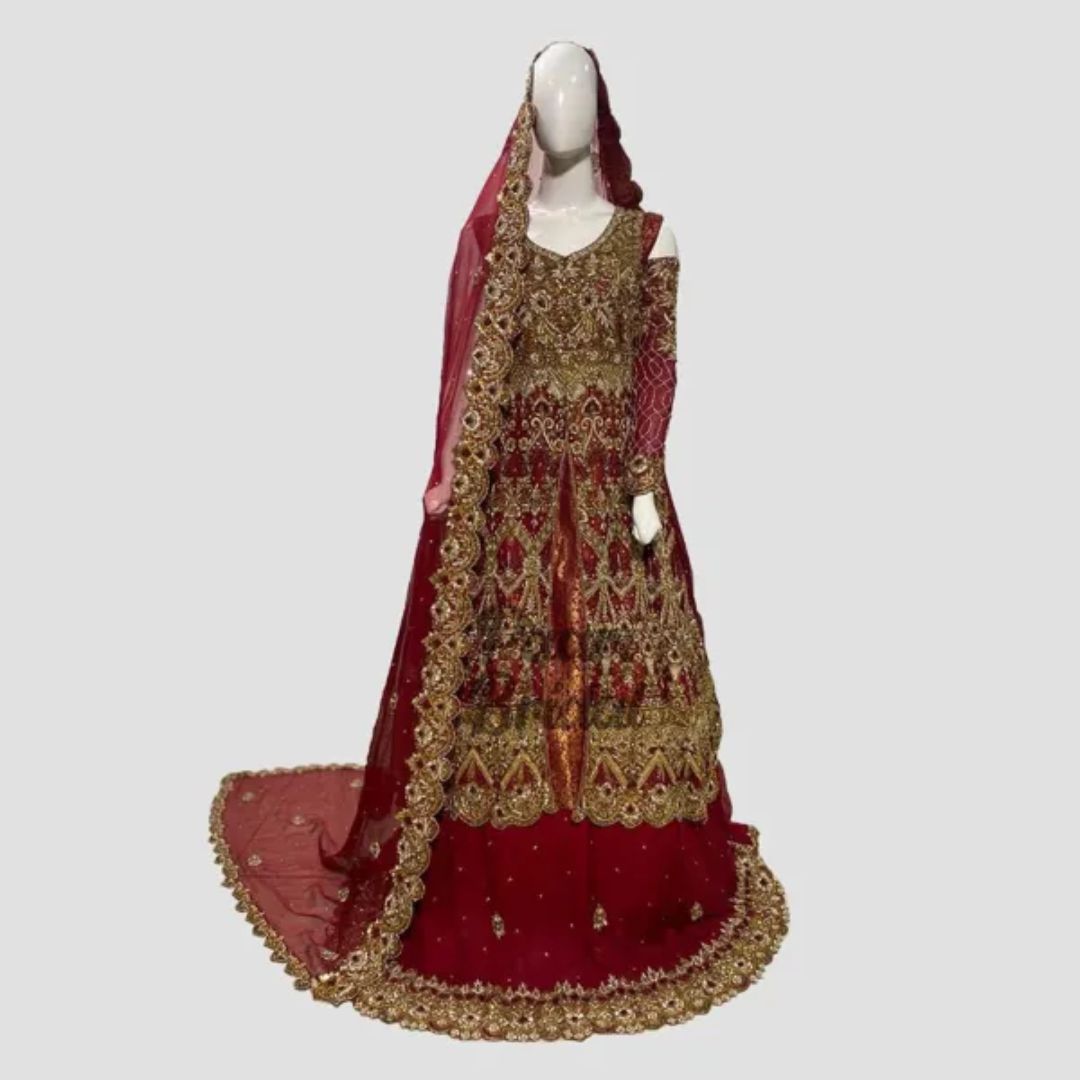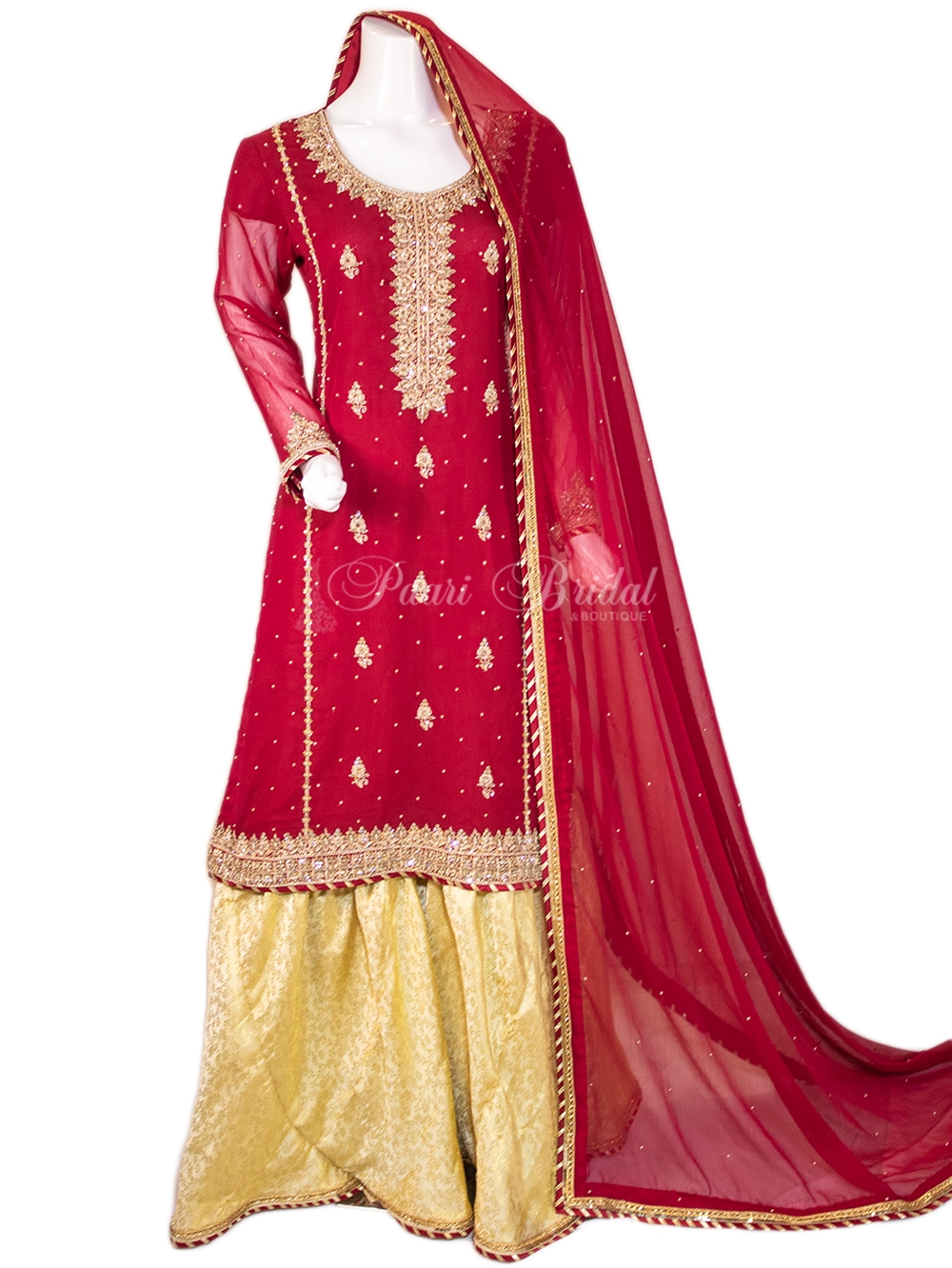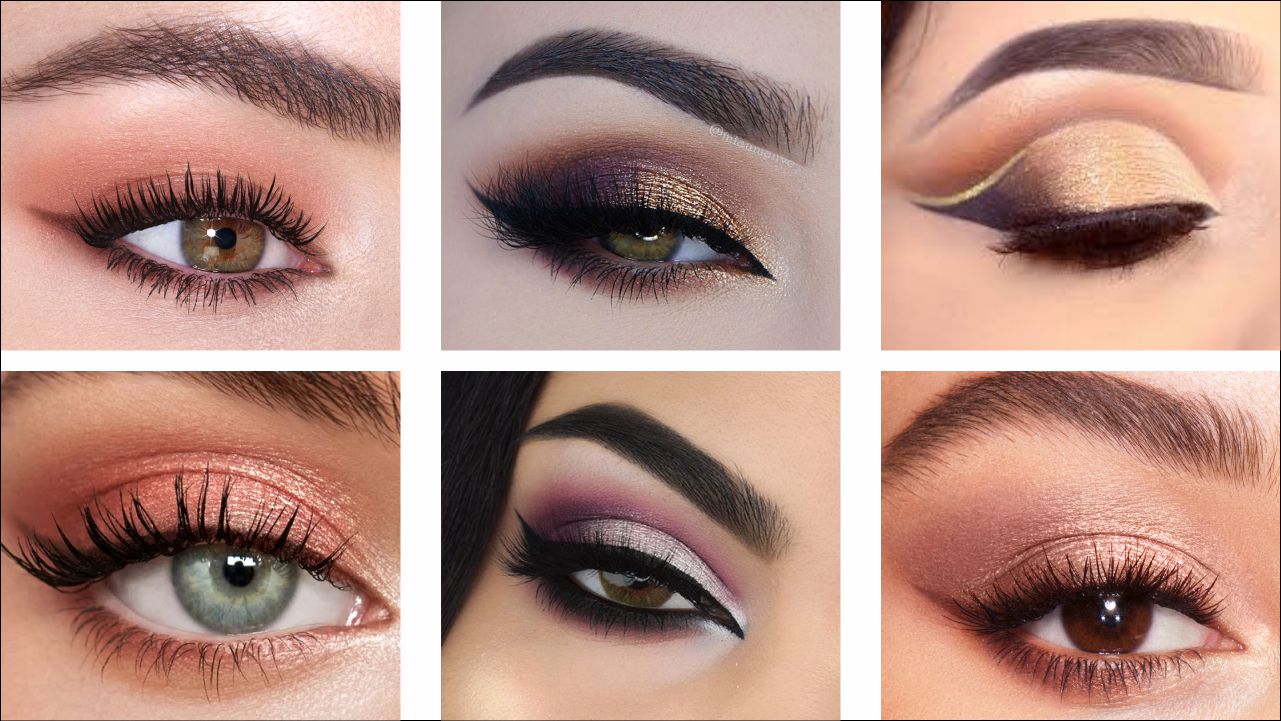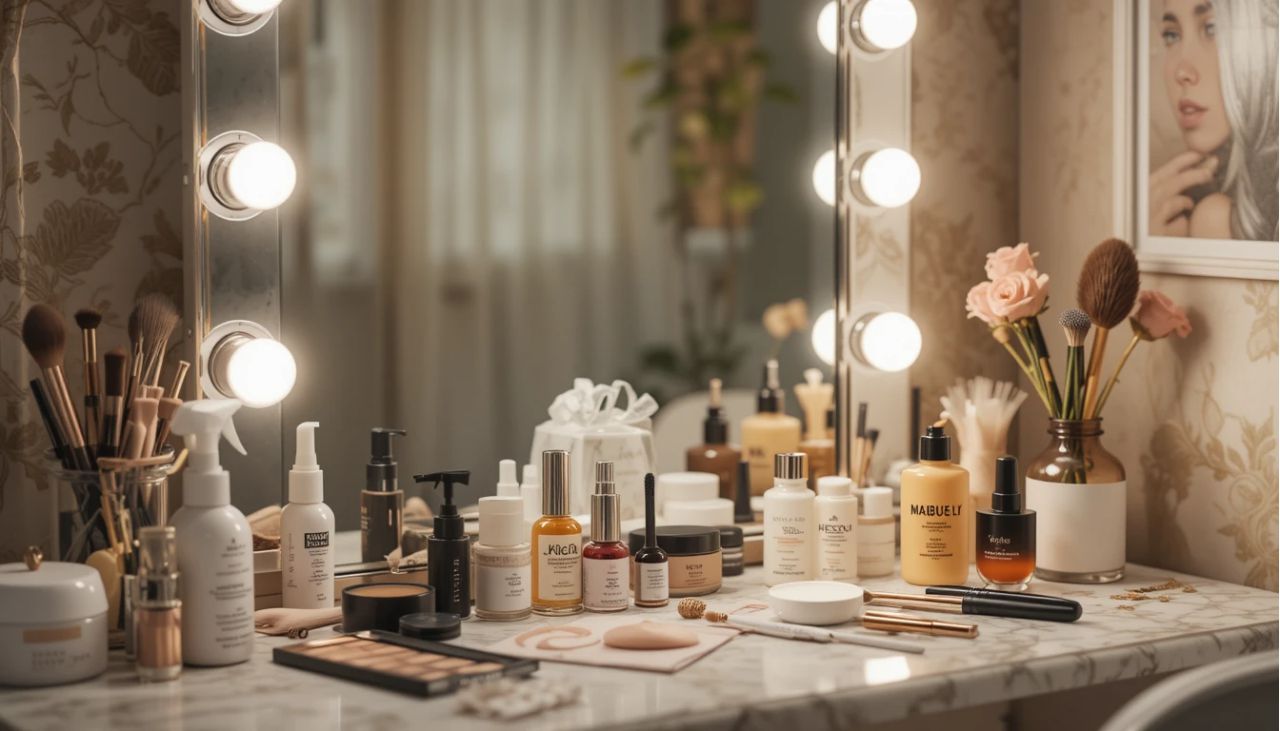Women today wear many hats. From working long hours to caring for family, they do it all. But in this busy life, one thing often gets left behind—their health. Many women skip exercise or follow fitness tips that don’t suit their bodies. Some think only cardio helps. Others worry that lifting weights will make them bulky. These are just fitness myths.
Exercise is not just about looking slim. It keeps your heart strong, your bones healthy, and your mind happy. It balances hormones, cuts stress, and lowers the risk of disease. It even helps with better sleep and mood swings. That’s why regular physical activity is key for women’s fitness.
In today’s world, we sit a lot, work on screens, and get little movement. This makes staying active even more important. Whether you’re 18 or 50, your body needs care, and movement is the best medicine. A strong body leads to a strong mind. And both help you live longer and feel better.
In this article, you’ll learn why exercise matters for every woman. You’ll find out which workouts work best, how to eat smart, and how to stay on track. We’ll talk about common barriers and how to break them. You’ll also read inspiring stories from real women. Plus, we’ll answer some popular questions about fitness and health.
So, are you ready to unlock the power of movement? Let’s get started and make your fitness journey simple, strong, and smart!
Why Exercise Matters Specifically for Women
Women’s bodies are unique. They go through changes that affect hormones, metabolism, and even bone strength. That’s why understanding the importance of exercise is so important for women. Your body needs special care, and movement helps in many ways.
Exercise helps boost your energy. It lifts your mood and enables you to sleep better. It also keeps your weight in control and supports strong bones. Regular workouts improve your heart health and prevent sicknesses like diabetes. These are just a few benefits of exercise for women.
Many people think women should only do cardio. But that’s not true. Strength training and stretching are just as important. They help with fat loss, muscle tone, and balance. It’s not about being skinny. It’s about being strong and healthy. Your fitness journey is your own. And it should match your body’s needs.
Women also burn calories differently from men. That’s due to the female body’s metabolism. So, workouts that work for men might not work the same for women. That’s why it’s good to follow a plan that fits you.
Sadly, many women still believe fitness myths. They avoid lifting weights or think long workouts are the only way. Want to bust those myths? Check out our post on 10 Fitness Myths Women Still Believe.
Exercise is not just a trend. It’s a smart step for women’s health and fitness. So, move your body, take control, and feel the power of staying active every day.
Paari Bridal’s stunning Bridal Dresses collection
Physical and Mental Health Benefits of Regular Exercise for Women
The importance of exercise is not just about how you look. It’s about how you feel inside and out. Moving your body helps both your mind and body stay strong and healthy.
Exercise helps your heart stay strong. It supports good cardiovascular health and lowers the risk of heart disease. It also helps control blood sugar, which protects against diabetes. For women, regular workouts also help manage PCOS and balance hormones.
Staying active helps your brain, too. Exercise releases endorphins—happy chemicals that boost your mood. It lowers stress and gives you mental health support. The CDC says women who move more have a 35% lower risk of depression. That’s a big win!
Regular workouts also improve memory and thinking. This means better focus at work and more joy in daily life. Plus, it helps with stress relief after a busy day.
Did you know bones get weaker after age 30? That’s when women can start losing muscle, too. The WHO says women lose 3–5% of muscle each decade. But don’t worry! Resistance training can slow that down and even reverse it. It keeps bones and muscles strong and helps prevent osteoporosis.
Exercise also supports weight control. You feel more balanced, sleep better, and have more energy to enjoy life.
Want more ways to boost your mental health? Read our guide on Best Mental Health Practices for Women in 2025.
So, move daily and feel the difference—because a strong body builds a happy mind.
Types of Exercises Most Effective for Women’s Fitness Goals
Understanding the importance of exercise is the first step toward a healthier and stronger body. But not all workouts offer the same benefits. For women, choosing the right type of exercise can support long-term health, balance hormones, strengthen muscles, and protect bones. Some exercises improve heart health, while others help build strength or reduce stress. The key is finding the perfect mix to meet your personal goals—whether it’s fat loss, better posture, flexibility, or simply feeling more energetic.
Women also face unique challenges like slower metabolism, hormonal shifts, and muscle loss with age. That’s why a well-rounded fitness routine is more than just a trend—it’s a smart lifestyle move. A balanced plan should include a mix of cardio, strength training, yoga or Pilates, and HIIT (High-Intensity Interval Training). Each type plays a special role in boosting your body and mind. Let’s break them down and explore how they work best for women’s fitness goals.
Cardio for Heart Health and Fat Loss
Cardiovascular exercise, or cardio, is one of the best ways to improve your heart health and manage your weight. It includes any activity that raises your heart rate and keeps it elevated for a while. Walking briskly, dancing, cycling, jogging, and swimming are all great examples of cardio. These activities burn calories, help lower blood pressure, and strengthen the heart, making them essential for women who want to stay healthy and active.
Cardio also plays a key role in managing cholesterol and blood sugar levels. This is especially important for women, as they face increased risks of heart disease and diabetes after menopause. Plus, cardio boosts mood by releasing endorphins, which reduce stress and help combat anxiety and depression.
When choosing between cardio vs strength for women, remember that cardio is great for fat loss and endurance. Even 30 minutes of brisk walking a day can make a big impact. You can also mix it up with dance classes or cycling to keep it fun and motivating. Whether your goal is weight loss or simply feeling better, cardio is a great way to stay active and improve your overall health.
Strength Training for Lean Muscle and Bone Health
Many women shy away from lifting weights, but strength training is one of the most powerful tools for improving long-term health. As women age, they naturally lose muscle and bone mass, especially after age 30. This can lead to weakness, poor posture, and a higher risk of osteoporosis. That’s why strength training is a must for women who want to maintain strong bones and lean muscles.
Lifting weights, using resistance bands, or doing bodyweight exercises like squats and push-ups helps build muscle while increasing bone density. It also boosts metabolism, which means your body burns more calories even at rest. This supports weight control and helps shape a toned, healthy body, not a bulky one, which is a common myth.
One major benefit of strength training is how it improves everyday movement. You’ll feel stronger picking up groceries, playing with your kids, or climbing stairs. Start small with light weights or resistance bands and slowly increase as you gain confidence. For guidance, check out our Strength Training Plans for Beginner Women.
Remember, the importance of exercise goes beyond the scale. Strength training helps women build resilience from the inside out—physically and mentally.
Flexibility & Core: Yoga and Pilates Benefits
Flexibility and balance are often overlooked in fitness plans, but they’re just as important, especially for women. That’s where yoga for women and Pilates come in. These forms of exercise focus on controlled movement, breathing, and balance, which benefit both the body and the mind.
Yoga helps improve flexibility, posture, and muscle tone. It strengthens your core and improves balance, making daily movements safer and easier. It also promotes relaxation and mental clarity, making it perfect for stress relief. Many women use yoga as a tool for calming anxiety, improving sleep, and enhancing focus.
Pilates also strengthens the core but emphasizes precise movements and alignment. It’s perfect for women recovering from injury or dealing with back pain. Both yoga and Pilates are low-impact, so they’re gentle on the joints while still building strength.
Adding yoga or Pilates to your routine complements cardio and strength workouts. Together, they create a balanced fitness plan that supports women’s health and fitness at every level.
If you’re looking to stay strong, flexible, and mentally refreshed, yoga and Pilates are your best friends. They show us that the importance of exercise isn’t just about speed or strength—it’s also about grace, control, and inner peace.
HIIT Workouts for Time-Saving Results
For women with busy schedules, HIIT (High-Intensity Interval Training) is a game-changer. HIIT involves short bursts of intense exercise followed by brief rest periods. In just 20–30 minutes, you can burn more calories than a traditional workout—and keep burning them for hours after you’re done.
HIIT is excellent for improving both cardiovascular health and muscular strength. It boosts endurance, speeds up metabolism, and helps with fat loss in less time. It’s ideal for working moms, students, or anyone juggling a packed day. Best of all, you can do HIIT at home without any equipment—just bodyweight movements like jumping jacks, squats, mountain climbers, and burpees.
HIIT also supports mental health. The quick, intense format keeps you focused and engaged, while endorphins released during the workout help reduce stress and anxiety. And because you’re always switching between high and low effort, it’s easy to customize based on your fitness level.
If you’re looking for results but short on time, HIIT delivers. Combine it with strength training, yoga, and cardio for a complete routine. This way, you’ll meet all your fitness goals while understanding and living the true importance of exercise in your daily life.
Paari Bridal & Boutique’s Bridesmaid Dresses collection
How Much Exercise Do Women Need? Understanding Fitness Guidelines
The importance of exercise goes beyond just looking fit. It keeps your body strong and your mind happy. But many women ask, “How often should women exercise?” The answer depends on your age, fitness level, and daily routine. Still, there are basic rules that help everyone get started.
Experts say women should do 150 minutes of moderate aerobic activity each week. That’s like 30 minutes of walking, five days a week. Also, add 2 days of strength training to build muscles and bones. These workout recommendations for women help with heart health, fat loss, and energy levels.
But not all women are the same. An office worker might need simple stretches and short walks during breaks. A postpartum mother may focus on gentle core work and light strength moves. An athlete, on the other hand, needs intense training with rest days.
Here’s a helpful chart:
| Age Group | Recommended Activity | Key Focus |
|---|---|---|
| 20–35 | Cardio + Strength | Weight balance, energy boost |
| 36–50 | Strength + Flexibility | Bone health, hormonal balance |
| 51+ | Low-impact + Mobility | Joint care, balance, and longevity |
Remember, every woman’s body is different. Some may need rest, while others feel great with daily movement. Listen to your body and adjust. The importance of exercise is not in how long you move, but in how often you show up for yourself.
Overcoming Common Barriers to Women’s Fitness Routines
Many women know the importance of exercise, but starting a routine can still feel hard. Life gets busy, and some days feel too short. But don’t worry—small steps can lead to big results.
One big challenge is a lack of time. Between work, chores, and family, it’s tough to fit in long workouts. But here’s good news—you only need 15–20 minutes to get moving! Try home workouts for women that fit your schedule. You can stretch, lift light weights, or follow a quick online video. It’s fast, easy, and still counts. Want help getting started? Check out our Home Workout Routine for Busy Moms.
Some women also worry about “bulking up” if they lift weights. But this is just a myth. Women don’t build big muscles the way men do. Instead, strength training gives you a toned, strong body and boosts your metabolism.
And let’s talk about motivation. It’s normal to have lazy days. But you can stay on track by finding a workout buddy or joining a class. When someone counts on you, it’s easier to show up. Busy moms’ fitness plans work best when there’s support.
So, take it slow and keep it simple. Move a little each day, and soon it will feel like a habit. The importance of exercise is not about doing it perfectly—it’s about not giving up. You’ve got this!
Nutrition and Exercise: A Powerful Combo for Women’s Health
The importance of exercise is huge, but food plays a big part too. When you mix diet and fitness, your body gets stronger, faster, and healthier. That’s why eating the right foods is just as important as moving your body.
First, focus on protein and hydration. Protein helps build and repair muscles. You can get it from eggs, chicken, beans, or nuts. Water keeps your body cool and gives you energy. So, drink plenty before and after you move.
Next, plan your snacks. A good pre-workout meal gives you energy. Try a banana with peanut butter or yogurt with berries. After your workout, your body needs to refuel. A slice of toast with eggs or a smoothie with fruit and milk can help.
Women also need special nutrients. Iron keeps your energy up. Calcium makes your bones strong. And B vitamins help your body make energy from food. These are very important for women’s nutrition, especially if you exercise often.
If you’re not sure what your body needs, we’ve got you covered! Please read our full guide on Essential Nutrients for Active Women. It breaks it all down in a simple way.
Remember, food and fitness work best together. When you eat smart and stay active, your body thanks you. You feel stronger, lighter, and more alive. That’s the power of pairing good food with the importance of exercise in your daily life.
Frequently Asked Questions (FAQs)
1. How much exercise should a woman do daily?
Most women should aim for at least 30 minutes of moderate activity like walking five days a week, plus 2 strength training sessions per week. That adds up to about 150 minutes of aerobic exercise weekly, which supports heart health, energy, and mood.
2. Is weight lifting safe for women?
Yes, absolutely! Strength training is safe and very important. It helps women build lean muscle, boost metabolism, and strengthen bones—without bulking up. It helps prevent muscle and bone loss after age 30.
3. What are the best exercises for women’s fitness goals?
A balanced routine works best. Include cardio for heart health, strength training for muscles and bones, yoga or Pilates for flexibility, and HIIT for quick results. Together, they support the full importance of exercise for women’s health.
4. Can exercise help with hormonal balance?
Yes! Regular workouts can balance hormones, reduce PMS symptoms, and support women going through menopause. Exercises like strength training, yoga, and walking are especially helpful.
5. Does exercise improve mental health in women?
Absolutely. Physical activity releases endorphins, which lower stress and boost mood. Studies show that women who exercise regularly have up to a 35% lower risk of depression. It also helps with focus, sleep, and anxiety.
6. How can I find time to work out with a busy schedule?
Start small. Just 15–20 minutes a day can help. Try home workouts for women, quick HIIT routines, or even stretching. Check out our Home Workout Routine for Busy Moms to get started fast.
7. Will lifting weights make me bulky?
No. That’s a myth. Women don’t have the same hormones as men that cause big muscle growth. Lifting weights will help you become stronger, more toned, and healthier, without adding bulk.
8. What should I eat before and after a workout?
Before your workout, try a light snack like a banana with peanut butter or yogurt. After, eat something with protein and carbs—like eggs on toast or a smoothie. Hydration is also key!
9. Are there age-specific fitness tips for women?
Yes. Women aged 20–35 should focus on cardio and strength, 36–50 on strength and flexibility, and 51+ on low-impact and mobility exercises. Always adjust based on your energy, goals, and health needs.
10. How do I stay motivated to exercise regularly?
Find what you enjoy! It could be walking, dancing, or group classes. Set small goals, track your wins, and ask a friend to join you. Motivation grows when you see results and feel stronger.
Conclusion: The Power of Movement – Invest in Yourself
At Paari Bridal & Boutique, we know that your wedding day is one of the most special moments of your life—and you deserve to feel strong, radiant, and confident. But bridal fitness isn’t just about fitting into your dress—it’s about feeling good inside and out.
Regular movement—whether it’s walking, stretching, strength training, or even dancing around your room—can help you reduce stress, improve your sleep, and boost your energy. These little steps add up to big changes, especially during the excitement (and chaos) of wedding planning.
You don’t need a gym or fancy equipment to start. Just 15–20 minutes a day is enough to build momentum. Bridal fitness is all about self-love, not perfection. It’s about showing up for yourself, honoring your body, and preparing for your big day with joy and strength.
So don’t wait for the “perfect time.” This is it. Nourish your body, move with intention, and glow with confidence. The power is already within you.
✨ Your body, your moment, your bridal transformation. ✨
Let’s walk down the aisle with strength, together.
For more bridal wellness tips, workouts, and feel-good inspo, stay tuned to the Paari blog. Your dream day starts with a healthier, happier you.










Leave a comment
You must be logged in to post a comment.